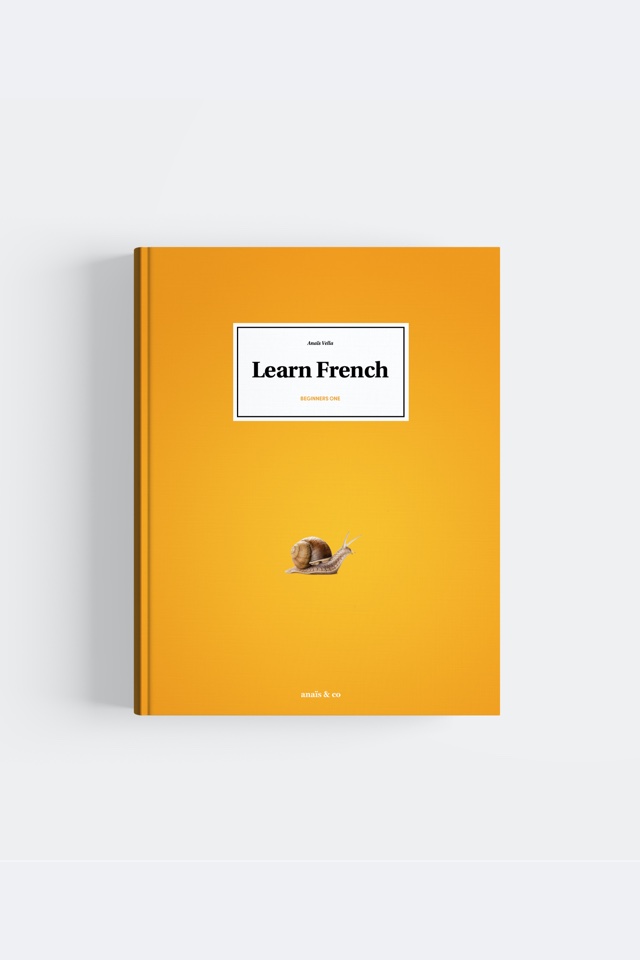

| French | English |
|---|---|
| De l’agneau (masculine) | Lamb |
| De la dinde | Turkey |
| De la viande | Meat |
| De la viande hachée | Minced meet |
| Des coquilles Saint-Jacques (fem.) | Scallops (with shell) |
| Des crevettes (feminine) | Prawns |
| Des fruits de mer (masculine) | Seafood |
| Des huîtres (feminine) | Oysters |
| Des moules (feminine) | Mussels |
| Des noix de Saint-Jacques (feminine) | Scallops |
| Du boeuf | Beef |
| Du cabillaud | Cod |
| Du canard | Duck |
| Du crabe | Crab |
| Du homard | Lobster |
| Du jambon cru/cuit | Cured ham/ham |
| Du lapin | Rabbit |
| Du mouton | Mutton |
| Du poisson | Fish |
| Du porc | Pork |
| Du poulet | Chicken |
| Du poulpe | Octopus |
| Du saint-pierre | John dory |
| Du saumon | Salmon |
| Du thon | Tuna |
| Du veau | Veal |
| Un saucisson | A cured sausage |
| Une saucisse | A sausage |
“Du cabillaud” and “de la morue” have the same meaning.
“Sea bass” is “le bar,” or “le loup de mer” in French. Please note that “le loup” means “the wolf.”

More in the books
Werther you are learning by yourself, with Anais and Co or if you are a FLE teacher find this lesson and many more in a beautiful book.
Be notified when we upload a new video.